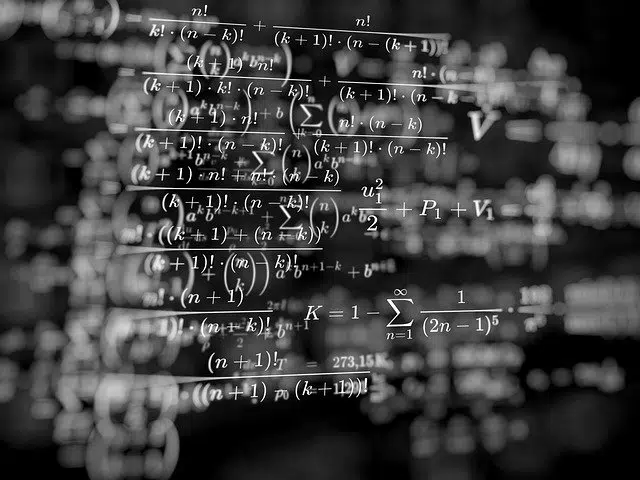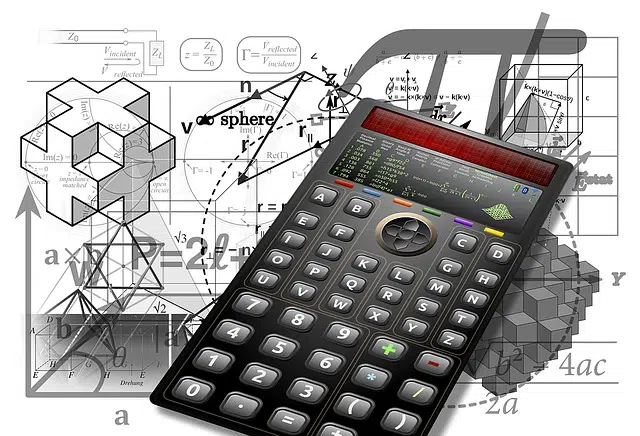
Complex numbers arise from the sum of a real number and an imaginary number.
Complex numbers make up a group of figures resulting from the sum between a real number and an imaginary number. A real number, according to the definition, is one that can be expressed by an integer (4, 15, 2686) or decimal (1.25; 38.1236; 29854.152).
On the other hand, an imaginary number is one whose square is negative. The concept of an imaginary number was developed by Leonhard Euler in 1777 , when he gave v-1 the name i (from “imaginary” ).
What are complex numbers
The notion of complex number appears due to the impossibility of real numbers to encompass the roots of even order of the set of negative numbers. Complex numbers can, therefore, reflect all the roots of polynomials , something that real numbers are not able to do.
Thanks to this particularity, complex numbers are used in various fields of mathematics, physics and engineering . Due to their ability to represent electric current and electromagnetic waves, to name one case, they are frequently used in electronics and telecommunications . And the so-called complex analysis, that is, the theory of functions of this type, is considered one of the richest facets of mathematics.
It should be noted that the body of each real number is made up of ordered pairs ( a, b ). The first component ( a ) is the real part, while the second component ( b ) is the imaginary part. Pure imaginary numbers are those that are only formed by the imaginary part (therefore, a=0 ).
The complex numbers make up the so-called complex field ( C ). When the real component a is identified with the corresponding complex ( a, 0 ), the field of these real numbers ( R ) is transformed into a subfield of C. On the other hand, C forms a two-dimensional vector space on R. This shows that complex numbers do not allow the possibility of maintaining order, unlike real numbers.

In Ancient Greece, the idea that today is associated with complex numbers began to be analyzed.
A historical tour
As early as the 1st century BC, some Greek mathematicians, such as Heron of Alexandria, began to outline the concept of complex numbers, faced with difficulties in constructing a pyramid . However, only in the 16th century did they begin to occupy an important place for science; At that time, a group of people were looking for formulas to obtain the exact roots of polynomials of degrees 2 and 3.
Firstly, his interest was to find the real roots of the aforementioned equations; However, they also had to face the roots of negative numbers. The famous philosopher, mathematician and physicist of French origin Descartes was the one who created the term imaginary numbers in the 17th century, and only more than 100 years later would the concept of complexes be accepted. However, it was necessary for Gauss, a German scientist, to rediscover it some time later for it to receive the attention it deserved.
Complex numbers and the complex plane
To interpret complex numbers geometrically it is necessary to use a complex plane . In the case of its addition, it can be related to that of vectors, while its multiplication can be expressed using polar coordinates, with the following characteristics:
* the magnitude of its product is the multiplication of the magnitudes of the terms;
* the angle that goes from the real axis of the product results from the sum of the angles of the terms.
When representing the positions of the poles and zeros of a function in a complex plane, so-called Argand diagrams are often used.
